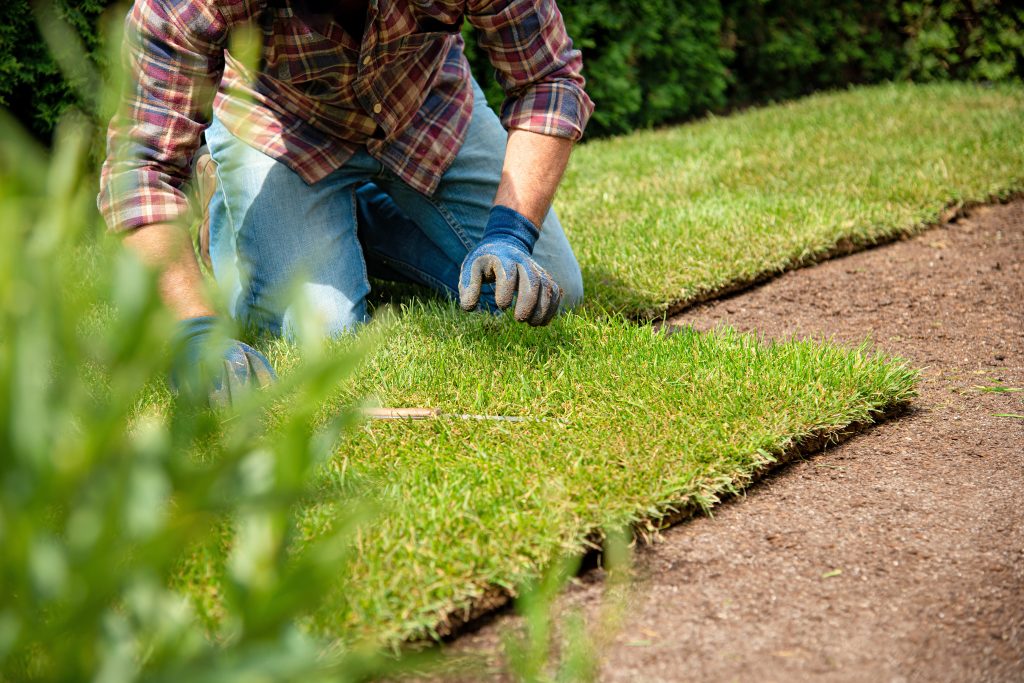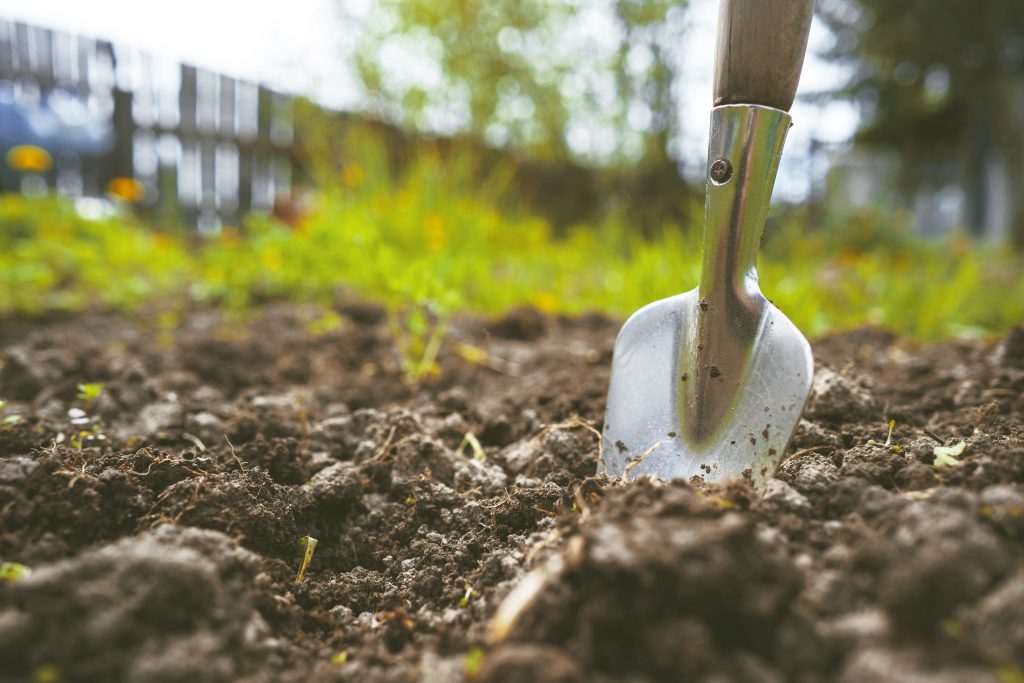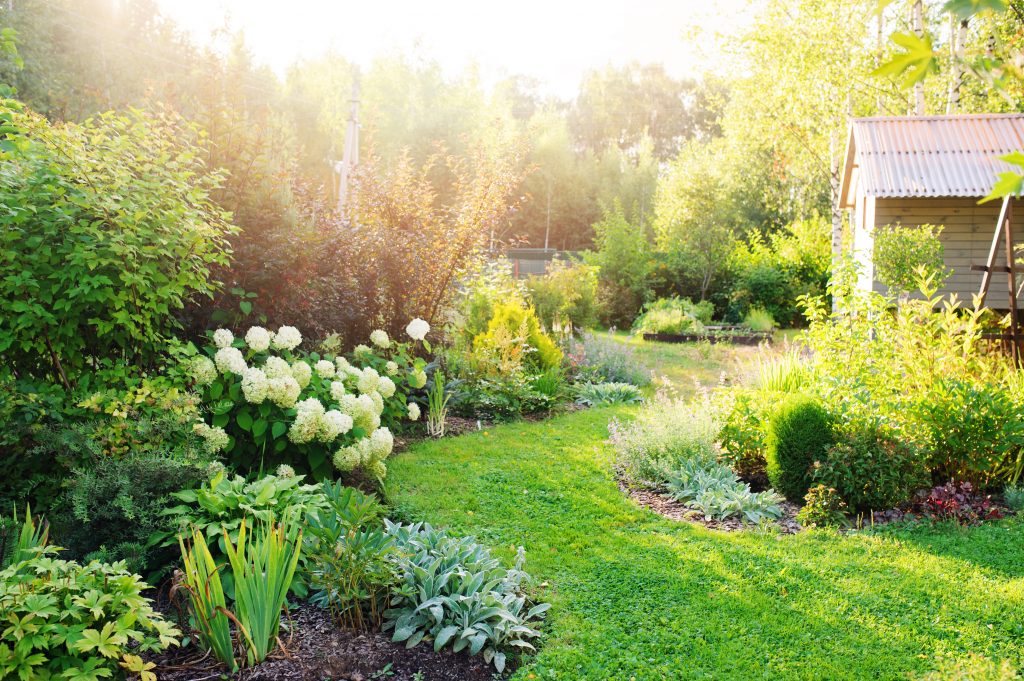How Long Does New Turf Take to Root?
After you’ve laid new turf, you’re probably eager to see it take root and become a beautiful lawn. But just how long does it take for turf to root?
New turf typically takes around 2 to 3 weeks to start rooting into the soil, but this can vary depending on a range of conditions such as the time of year, weather, and how well it’s cared for after laying.
Here’s a quick breakdown:
🌱 Shallow rooting (7–10 days)
In the first week or so, the turf begins to develop shallow roots.
You should water it daily (unless it’s raining) to help the roots establish.
Avoid walking on it during this stage.
🌿 Stronger rooting (2–4 weeks)
By the end of week 2, roots should be anchoring into the soil more firmly.
You can test by gently lifting a corner — if there’s resistance, it’s rooting well.
Gradually reduce watering to encourage the roots to grow deeper.
🌞 Full establishment (4–6 weeks)
After about a month (sometimes a little longer), the turf should be well rooted and ready for mowing.
Make sure your mower blades are sharp, and only cut the top third on the first mow.
Top tip: Autumn and spring are the best times to lay turf — it’s not too hot or too cold, and the soil stays moist longer, which helps roots establish faster.

Types of Grass Seeds
The type of grass seed you choose can have a significant impact on the growth and appearance of your lawn. Different types of grass have unique characteristics that affect their growth, maintenance requirements, and overall appearance.
Using ryegrass seed is a popular choice for lawns because it’s a fast growing grass seed, hard-wearing and can tolerate heavy foot traffic. It’s quick to establish itself, making it a popular choice for overseeding. However, ryegrass is not as drought-tolerant as some other grasses, and it may struggle in hot, dry conditions.
Soil Condition
Soil conditions are one of the most important factors in determining the success of a turf lawn. While some grasses are more tolerant of poor soil conditions than others, there are certain soil conditions that are generally considered either good or bad for turf.
Good turf soil conditions include:
Adequate nutrient levels: Turf requires a variety of nutrients to grow and thrive, including nitrogen, phosphorus, and potassium. Soils that are deficient in these nutrients can result in stunted or yellowing grass. Give your turf’s nutrients a boost with Westland SafeLawn Liquid Lawn Feed.
Good drainage: Soil that drains well allows excess water to flow away from the roots of the grass, which can help prevent waterlogging and fungal diseases.
Balanced pH: Grass grows best in soils with a pH between 6.0 and 7.0. Soils that are too acidic or too alkaline can cause nutrient deficiencies and other problems.
Sufficient organic matter: Organic matter in the soil can improve soil structure, water-holding capacity, and nutrient availability.
Bad soil conditions for turf include:
Compacted soil: Soil that is compacted, either due to heavy foot traffic or heavy machinery, can restrict root growth and lead to poor nutrient uptake.
Poor drainage: Soil that retains too much water can lead to waterlogged roots and fungal diseases.
High salinity: Soil with high levels of salts can damage the roots of turf and make it more difficult for the grass to take up nutrients.
Acidic soil: Soil with a pH below 6.0 can cause nutrient deficiencies and other problems.
Don’t worry if your soil is not ideal for growing turf, as there are steps you can take to improve it.
Adding compost to compacted soil can help loosen it up, while adding Westland Lawn Sand or perlite can improve drainage in soil that is too heavy. Additionally, selecting grass varieties that are well-suited to your soil conditions can help ensure success.
Start with a reliable grass type using Lawn Turf or Premium Turf.

Weather & Grass Growth
Weather plays a crucial role in grass growth with different weather conditions affecting growth in different ways.
Generally, grass grows best in warm and sunny weather, with temperatures between 15-24°C being the ideal range for most grasses. During this time, grasses experience optimal photosynthesis, allowing them to produce food and grow quickly.
Does grass grow in winter?
In winter, grass growth slows down as temperatures drop and daylight hours decrease. While grass can continue to grow during the winter months, it is typically much slower and weaker than during the warmer months. Some grasses, such as ryegrass, are better adapted to growing in cooler temperatures and may continue to grow throughout the winter.
When does grass stop growing?
As temperatures drop below freezing (0°C), grass growth will slow and eventually stop altogether. In areas with harsh winters, grass may go dormant and appear brown or dead until the warmer weather returns.
As temperatures rise again in the spring, grass will begin to grow again and can be encouraged by fertilizing and watering appropriately.
Our guides can provide additional guidance on grass care throughout the seasons to help ensure your lawn looks great all year round.

Maintaining Turf for Optimal Growth
Taking care of new turf is essential to ensure it establishes well and grows into a lush and healthy lawn. Here are some tips for taking care of new turf:
Watering: Water the turf immediately after it’s laid to ensure it doesn’t dry out. Water the turf frequently for the first 2-3 weeks until the roots have established, ensuring the soil is moist but not waterlogged.
Mowing: Wait until the new turf has rooted before mowing it for the first time. This usually takes around 2-3 weeks. Set the mower blades high and avoid cutting too much of the grass off at once.
Fertilising: After the first 6-8 weeks, apply a slow-release fertilizer (Westland Multi-Purpose Compost) to promote healthy growth. Avoid using too much fertiliser, as this can damage the grass.
Weeding: Remove any weeds that appear in the new turf as soon as possible to prevent them from competing with the grass for nutrients and water.
Aeration: After the first year, aerate the lawn to help promote healthy root growth and prevent compaction.
By following these tips, you can help ensure your new turf establishes well and grows into a healthy, lush lawn that will provide enjoyment for years to come.
If you have any questions or concerns, our team is always here to provide guidance and support.
